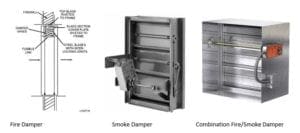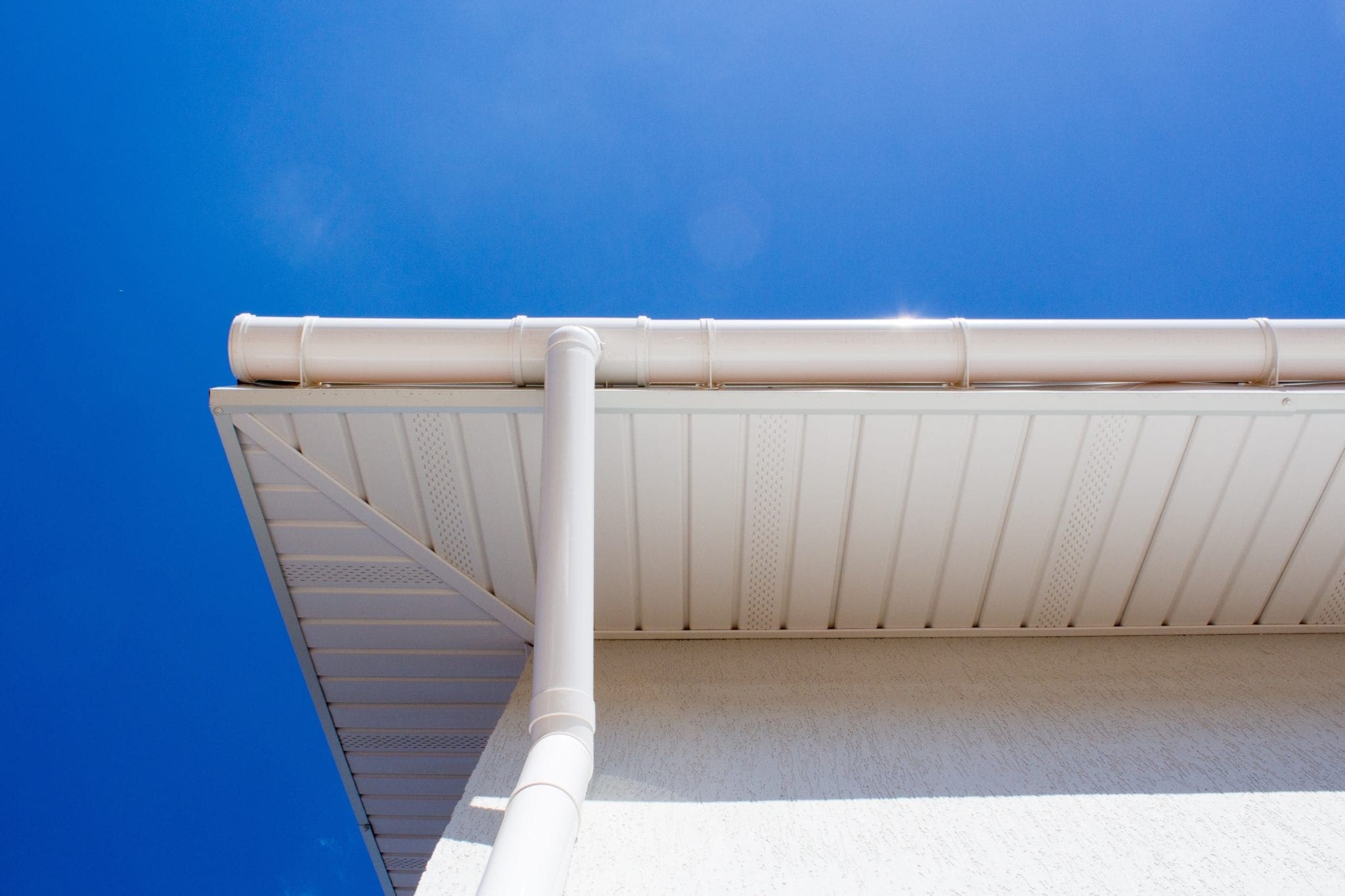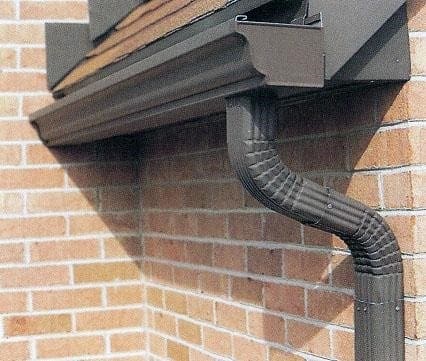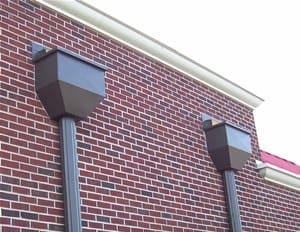
The Importance of Fire and Smoke Dampers in Your Building’s Fire Protection System
Fire protection systems can help manage or extinguish fire, aid in occupant evacuation, and help protect property from damage.
Learn from award-winning professionals — explore our whitepapers, blogs, and the latest industry updates.
Join our dynamic organization of engineers, land surveyors, landscape architects, environmental scientists, and architects!
Talk to a market leader today! We’ll answer any questions you have about our professional services.

It’s important that the roof drainage system on your next commercial building is properly designed. Buildup of rainwater on a roof can cause structural damage and leaks. Improper gutter drainage can cause erosion of soils and foundation issues. It is important for architects, plumbing engineers, and civil engineers to work together to design a system that will properly drain rainwater from a building and site.
A typical commercial or multifamily residential building will utilize one of the following types of primary roof drainage:
These will drain to somewhere near the center of the roof and down through the building to underground storm mains or a detention pond. This form of roof drainage is preferred if a clean exterior appearance is desired. The roof is sloped towards the drain through either tapered insulation or through joist modifications below the roofline.

These will drain to the exterior of the building with downspouts and ultimately discharge at grade to sheet flow, or to be hard-piped to an underground storm system or detention pond. This form of drainage is preferred to prevent water from pooling on the roof and keeps rainwater from being routed through the building.

Environmentally friendly properties may consider utilizing storm water re-use through collection for irrigation and/or toilet use. This is not as common as traditional drainage systems, mainly due to the high up-front cost of these systems.
Typical roof drainage is sized at a rainfall rate that relates to a 100-year event. In Austin, this is laid out as approximately 4” per hour; however, in the City there is an amendment that requires the utilization of 5” per hour. (If you are not located in Austin, these rates and code requirements may vary.)
Primary drains should be sized according to UPC storm tables at a rainfall rate of 5” per hour. Note that roof drain bodies and vertical conductors are sized utilizing a different table that a horizontally sloped storm line. Different horizontal sloping will offer different drainage capacities. Code tables outline pipe slopes of: 1/8”, 1/4” and 1/2” per foot. Pipe sizing is listed as amount of square foot roof areas served by the drains.
Secondary (or emergency) roof drainage is required wherever the buildup of water is detrimental to the roof structure. Secondary drainage shall be provided through the use of sidewall scuppers or internal roof drains. In either case, the discharge shall be located so that it is readily visible by building occupants.

If discharge is witnessed, it’s a telltale sign that the primary roof drain may be clogged. The UPC also allows for secondary and primary drainage to be combined, provided the rainfall rate utilized is doubled and that the secondary drainage ties into the primary drain downstream of the last horizontal offset.

WGI is a national design and professional services firm leading in technology-based solutions for the construction of public infrastructure and real estate development. At WGI, we’re providing Tomorrow’s Infrastructure Solutions Today.

Fire protection systems can help manage or extinguish fire, aid in occupant evacuation, and help protect property from damage.

WGI’s experts from multiple divisions share their thoughts and predictions in terms of what we can expect to see in our industry in 2022 and beyond.

With a new code going into effect on December 1st, 2023, onsite water reuse systems will now be required for several new commercial & multi-family development projects throughout Austin. But don’t sweat it – WGI is here to help!

Traditional retail and corporate spaces have been re-imagined as unique and functional destinations in our NEW Project Spotlight!

WGI was commissioned to provide MEP services for the NEW Travis Flats & Travis County North Campus mixed-use, mixed-income development in North Austin, TX!

Melissa’s addition to the team solidifies WGI’s leadership in helping communities harness the benefits of much-needed infrastructure projects throughout the nation.
You’ve been searching for a place like WGI. We look forward to meeting you soon.
Sign up to receive emails to hear our latest news and achievements in our monthly newsletter.
Enter your zip code, and we’ll personalize your experience with local projects, office locations, team members, and more.
WGI supports its associates with meaningful opportunities for growth, strong benefits and perks, while we work collaboratively with clients and co-consultants to shape and improve communities.






WGI is a dynamic organization with opportunities nationwide for engineers, land surveyors, landscape architects, environmental scientists, and architects.